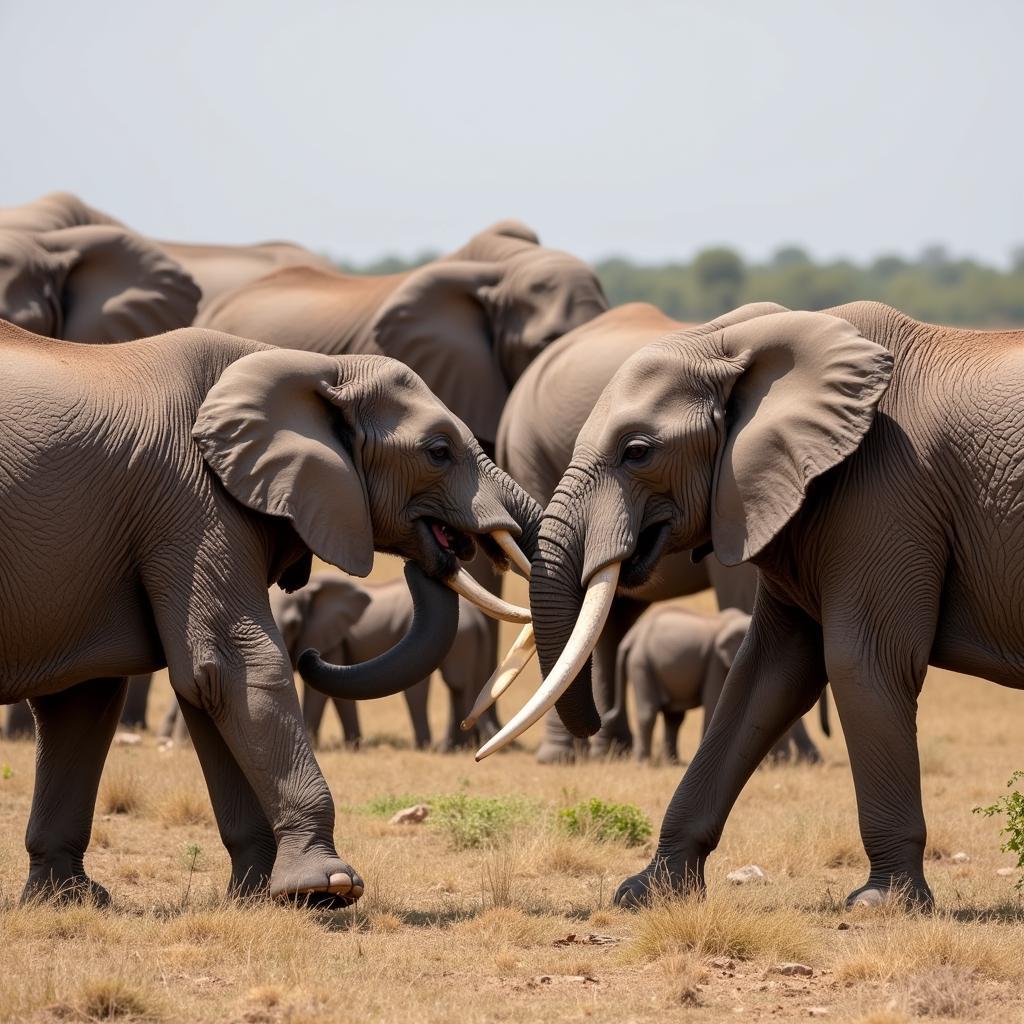Unlocking the Secrets of the African Karite Tree
The African Karite Tree, also known as the shea tree, stands as a symbol of resilience and nourishment across the African savanna. From its roots to its fruit, the karite tree offers a wealth of benefits, deeply intertwined with the lives and traditions of communities across the continent. Discover the wonders of this remarkable tree, from its rich history and cultural significance to the modern-day applications of its precious shea butter.
The Karite Tree: A Gift from the African Savanna
The karite tree ( Vitellaria paradoxa) is indigenous to the dry savanna belt of West and East Africa, stretching from Senegal to Ethiopia. Thriving in harsh conditions, these majestic trees can live for centuries, bearing fruit for up to 200 years. For generations, local communities have revered the karite tree, recognizing its vital role in their livelihoods and well-being. The tree isn’t just a source of sustenance; it’s a symbol of resilience, community, and cultural heritage, passed down through generations. Its significance is woven into the very fabric of life in these regions.
Traditionally, the harvesting and processing of shea nuts is primarily done by women, empowering them economically and socially. This age-old practice strengthens community bonds and reinforces the karite tree’s place as a cornerstone of African culture.
From Nut to Butter: The Traditional Shea Butter Process
The journey from shea nut to butter is a labor of love, passed down through generations. First, the ripe fruits are collected, and the nuts are extracted. Then, the nuts are sun-dried, crushed, and roasted, releasing their rich, nutty aroma. The roasted nuts are then ground into a paste and kneaded with water until a smooth, creamy butter emerges. This traditional method preserves the natural properties of the shea butter, ensuring its high quality and efficacy. It’s a testament to the deep understanding and respect for the karite tree within these communities.
What makes shea butter unique? Its exceptional moisturizing and healing properties stem from its rich composition of fatty acids, vitamins, and antioxidants. These natural components work together to soothe, protect, and rejuvenate the skin.
The Many Uses of African Shea Butter: A Natural Wonder
Shea butter is more than just a skincare ingredient; it’s a versatile natural product with a wide range of applications. From moisturizing dry skin and soothing burns to protecting against the harsh African sun and relieving muscle aches, shea butter’s benefits are numerous. In some communities, it’s even used in cooking and as a traditional medicine. This versatility speaks to the deep connection between the karite tree and the people who rely on it.
How can you incorporate shea butter into your routine? Its uses are endless! Use it as a daily moisturizer, lip balm, hair conditioner, or even add it to your bath for a luxurious and nourishing experience.
Shea Butter in the Modern World: From Africa to the Globe
Today, the demand for shea butter has extended far beyond the African continent. Its remarkable properties have made it a sought-after ingredient in the global cosmetics and pharmaceutical industries. This increasing demand presents both opportunities and challenges. While it offers economic potential for African communities, it also raises concerns about sustainability and fair trade practices. Ensuring that these communities benefit equitably from the global trade of shea butter is crucial for preserving the karite tree and supporting its guardians.
Conclusion: Celebrating the African Karite Tree
The African karite tree is more than just a source of shea butter; it’s a symbol of life, resilience, and cultural heritage. From its deep roots in the African savanna to its global presence in the modern world, the karite tree continues to offer its gifts to the world. By understanding its significance and supporting sustainable practices, we can ensure that this precious resource continues to thrive for generations to come. Let us celebrate the African karite tree and the communities that have cherished it for centuries.
FAQ: Your Questions About the African Karite Tree Answered
- What is the difference between African butter and shea butter? african butter vs shea butter
- Where does the karite tree grow? Primarily in the dry savanna belt of West and East Africa.
- How is shea butter made traditionally? Through a multi-step process involving harvesting, drying, roasting, grinding, and kneading the shea nuts.
- What are the benefits of using shea butter? It offers excellent moisturizing, healing, and protective properties for skin and hair.
- Why is the karite tree important to African communities? It provides economic opportunities, especially for women, and plays a significant role in their cultural heritage.
- Is shea butter sustainable? Sustainability depends on responsible harvesting and fair trade practices.
- How can I choose high-quality shea butter? Look for unrefined, raw shea butter from reputable sources that support sustainable practices.
Need More Help?
For further assistance or inquiries about shea butter and the African karite tree, please contact us:
Phone: +255768904061
Email: kaka.mag@gmail.com
Address: Mbarali DC Mawindi, Kangaga, Tanzania
Our customer service team is available 24/7 to assist you.

